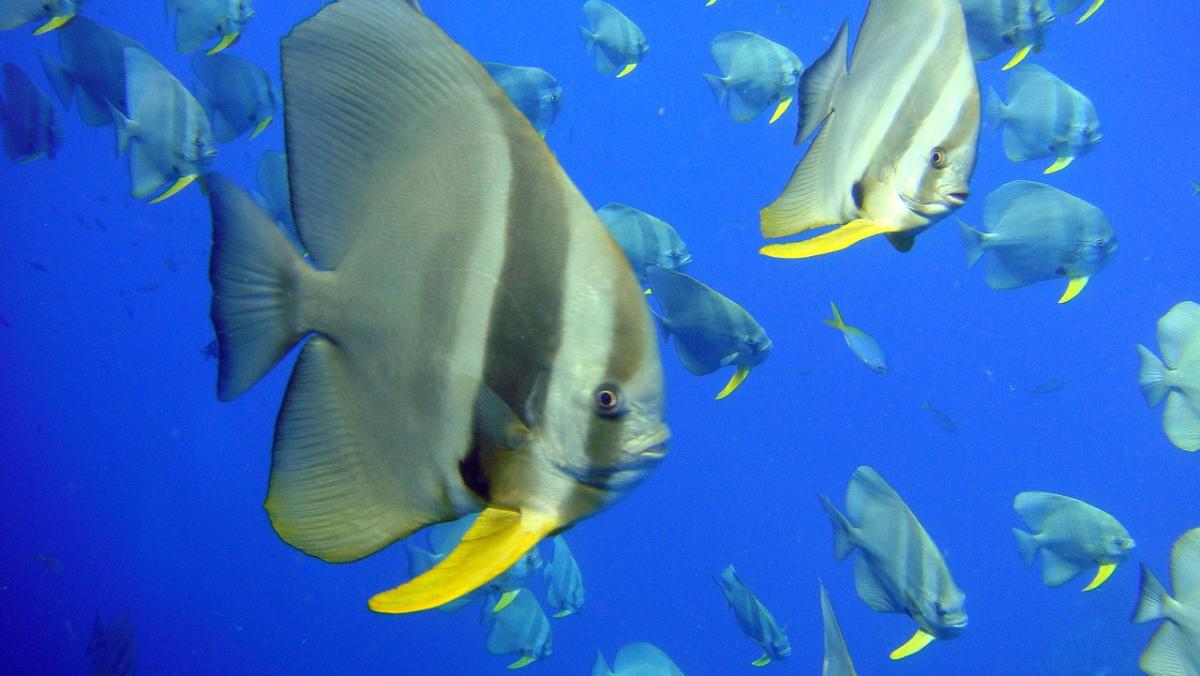






Students use test strips and research to solve the issue of a fish death in our classroom tank. This would also work well for the initial setup of a tank. Students see a tangible, observable, real

Students will work in groups to research and ecosystem and create 3D food chains which will then be connected to create a food web. This allows students to work on finding appropriate sources online

Our planet recycles and reuses everything on it that is needed to support life. It is an amazing, giant recycling system called the biogeochemical cycle. You can actually model this on a small scale

In this engaging lesson, students study and design a healthy fish tank with a variety of animals. Students also learn about budgeting costs.

In this engaging lesson, students are given data and are required to graph the data, analyze the data to determine the carrying capacity of four different organisms.